If you’ve ever tasted velvety, restaurant-style hummus and wondered how to recreate it at home, you’re in the right place. This is our go-to recipe for the creamiest homemade hummus. It’s simple, wholesome, and made with just a handful of real ingredients. Perfect as a dip or spread for any occasion, this hummus will surely impress your family and friends.
Why You’ll Love This Recipe
- Quick and Easy: This hummus comes together in just 20 minutes, making it a perfect last-minute appetizer.
- Versatile Flavor: Customize the flavors by adjusting garlic or adding spices like paprika for an extra kick.
- Healthy Choice: Packed with protein and fiber, this dish is nutritious without sacrificing taste.
- Perfect for Any Occasion: Serve it at parties, picnics, or as a healthy snack during the week.
- Plant-Based Delight: Made with wholesome ingredients, it’s suitable for various dietary preferences.
Tools and Preparation
Before diving into the recipe, having the right tools will make your hummus-making experience smooth and enjoyable.
Essential Tools and Equipment
- Food processor
- Measuring cups
- Measuring spoons
- Spatula
Importance of Each Tool
- Food processor: This tool is crucial for achieving that smooth and creamy texture characteristic of great hummus.
- Measuring cups: Accurate measurements ensure consistent flavor and texture in every batch.
- Spatula: A spatula helps you scrape down the sides of the food processor to incorporate all ingredients evenly.
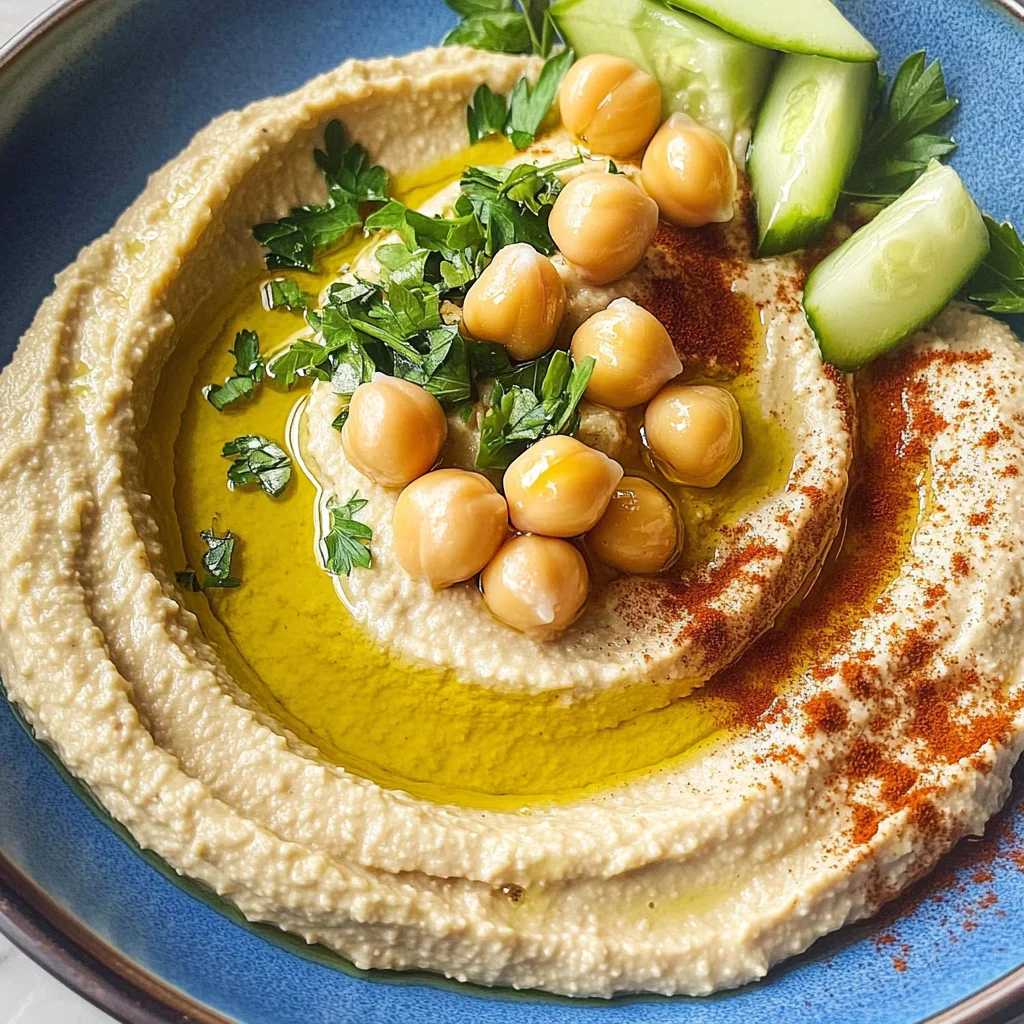
Ingredients
For this delicious homemade hummus, gather the following ingredients:
For the Hummus Base
- 2 cans (15 ounces each) chickpeas (or 3 cups cooked chickpeas, or 1 cup / 200 grams dry chickpeas + 2 teaspoons baking soda)
- ⅓ cup aquafaba (the liquid in a can of chickpeas or the cooking liquid of chickpeas)
- 2 tablespoons lemon juice
- ¼ cup cold water (add more if necessary to reach your desired consistency)
- ⅓ cup tahini (from 100% hulled sesame seeds, light in color, and of pourable consistency)
- 1 tablespoon olive oil (extra virgin)
- ½ clove garlic (or more to taste)
- ¾ teaspoon salt (or more to taste)
- ½ teaspoon ground cumin (optional)
- 1 tablespoon flat-leaf parsley (chopped)
How to Make Hummus
Step 1: Prepare Your Ingredients
Start by setting aside 2 tablespoons of chickpeas for garnish.
Step 2: Blend the Base
In a food processor, combine:
1. 2 cans chickpeas (drained)
2. ⅓ cup aquafaba
3. 2 tablespoons lemon juice
4. ½ clove garlic
5. ¾ teaspoon salt
Blend for about 3 minutes until smooth, scraping down the sides as needed.
Step 3: Add Tahini and Water
Add:
1. ⅓ cup tahini
2. ½ teaspoon ground cumin (if using)
3. ¼ cup cold water
Blend again for another 2 minutes until fully incorporated.
Step 4: Final Touches
Pour in:
1. 1 tablespoon olive oil
If needed, add additional water to reach your desired consistency. Blend for another 2 minutes until perfectly creamy. Taste and adjust seasoning as necessary.
Step 5: Serve Your Hummus
Spread the hummus on a plate or in a bowl. Use the back of a spoon to create a well in the center. Drizzle with olive oil, top with reserved chickpeas, and sprinkle with chopped parsley before serving.
Now you have a delicious homemade hummus ready to enjoy!
How to Serve Hummus
Hummus is a versatile dip that can be served in many delightful ways. Whether as an appetizer or part of a main meal, it pairs well with various foods that enhance its creamy texture and rich flavor.
As a Dip
- Vegetable Sticks: Serve hummus with crunchy carrot, cucumber, or bell pepper sticks for a fresh and healthy snack.
- Pita Chips: Crispy pita chips add a satisfying crunch when dipped into smooth hummus.
- Crackers: Choose whole grain or seed-based crackers for an added layer of flavor.
As a Spread
- Sandwiches: Use hummus as a spread in sandwiches or wraps to add creaminess and taste without the need for mayonnaise.
- Toast Topping: Spread hummus on toasted bread and top it with sliced tomatoes or avocado for a quick breakfast.
In Salads
- Salad Dressing: Thin out hummus with a bit of water or lemon juice to create a creamy salad dressing that complements greens and vegetables.
How to Perfect Hummus
Creating the perfect hummus at home requires attention to detail. Here are some tips to ensure your hummus turns out creamy and delicious every time.
- Soak Chickpeas Overnight: For the best texture, soak dry chickpeas overnight before cooking. This helps them cook evenly.
- Use Fresh Ingredients: Fresh lemon juice and high-quality tahini make a significant difference in flavor.
- Blend Thoroughly: Blend the mixture for several minutes, pausing occasionally to scrape down the sides, ensuring all ingredients are well combined.
- Adjust Consistency: If your hummus is too thick, add more aquafaba or water gradually until you achieve your desired creaminess.
- Season to Taste: Always taste your hummus before serving. Adjust the salt, garlic, or lemon juice according to your preference.
Best Side Dishes for Hummus
Pairing side dishes with hummus can elevate your meal experience. Here are some great options that complement its flavors well.
- Tabbouleh: A refreshing salad made from parsley, bulgur wheat, tomatoes, and lemon juice; it adds brightness alongside hummus.
- Falafel: Crispy chickpea balls seasoned with spices; they provide a hearty contrast to the smoothness of hummus.
- Roasted Vegetables: Seasoned roasted veggies like zucchini and bell peppers bring additional flavors when enjoyed with hummus.
- Stuffed Grape Leaves: These bite-sized treats filled with rice and herbs make for an excellent pairing.
- Couscous Salad: Fluffy couscous mixed with vegetables and herbs serves as a light side dish that balances hummus nicely.
- Grilled Chicken Skewers: Tender chicken skewers offer protein and flavor that complements the richness of hummus.
Common Mistakes to Avoid
Making hummus at home is a joy, but there are some common pitfalls that can prevent you from achieving the perfect texture and flavor. Here’s what to watch out for:
-
Bold ingredient choices: Using low-quality tahini can lead to a bitter taste. Always opt for tahini made from 100% hulled sesame seeds.
-
Ignoring aquafaba: Skipping the aquafaba can result in a thicker, less creamy hummus. Be sure to include it for that smooth texture.
-
Over-blending: Blending too long or too aggressively can make your hummus gummy. Blend just until smooth, pausing to scrape down the sides as needed.
-
Neglecting seasoning: Under-seasoned hummus can taste flat. Taste as you go, adjusting salt and lemon juice to enhance the flavor.
-
Skipping the olive oil drizzle: Not adding a drizzle of olive oil on top takes away from the presentation and flavor. Make sure to finish with a splash for richness.
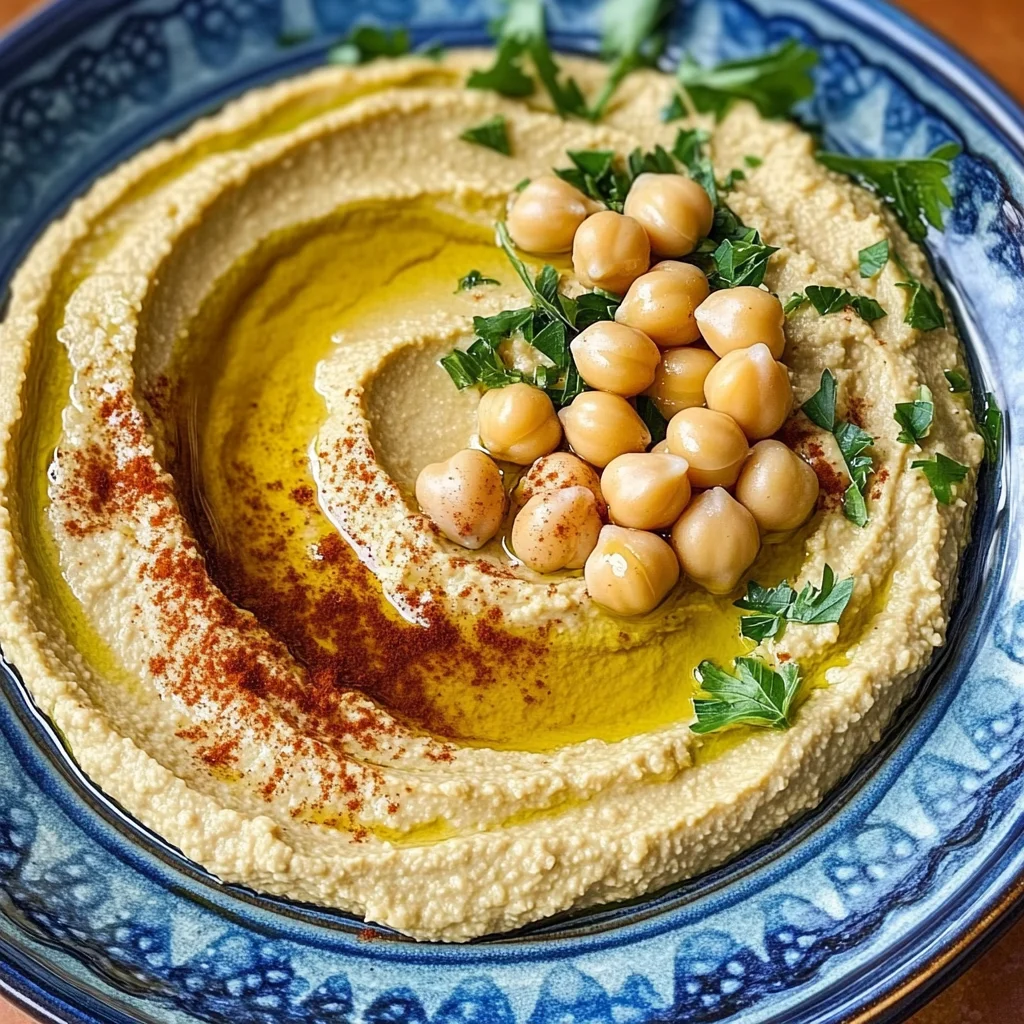
Storage & Reheating Instructions
Refrigerator Storage
- Store hummus in an airtight container.
- It can last up to 5 days in the refrigerator.
- Make sure to cover the surface with a thin layer of olive oil to keep it fresh.
Freezing Hummus
- Hummus can be frozen for up to 3 months.
- Use freezer-safe containers or heavy-duty freezer bags.
- Leave some space at the top of containers, as hummus will expand when frozen.
Reheating Hummus
-
Oven: Preheat the oven to 350°F (175°C) and heat for about 10 minutes until warmed through.
-
Microwave: Heat in short bursts of 30 seconds, stirring in between until warm.
-
Stovetop: Place in a small saucepan over low heat, stirring gently until heated through.
Frequently Asked Questions
Here are some common questions about making hummus that may help enhance your experience!
How do I make my hummus creamier?
To achieve an ultra-creamy consistency, add more aquafaba or cold water slowly while blending until you reach your desired texture.
Can I customize my hummus recipe?
Absolutely! You can add roasted red peppers, spices like paprika, or even herbs like basil for unique flavors. Get creative!
What should I serve with hummus?
Hummus pairs wonderfully with pita bread, fresh vegetables like carrots and cucumbers, or even as a spread on sandwiches.
Is hummus healthy?
Yes! Hummus is packed with protein and fiber from chickpeas and is typically lower in calories compared to many dips.
Final Thoughts
This homemade hummus recipe is not only delicious but also incredibly versatile. You can customize it with various toppings or mix-ins according to your taste preferences. Enjoy it as a dip, spread, or part of a larger dish—it’s sure to please everyone!
Homemade Hummus
Indulge in the creamy, velvety goodness of homemade hummus, a delightful dip or spread that elevates any gathering. This simple recipe combines wholesome ingredients to create a nutritious snack packed with protein and fiber. Perfect for dipping fresh vegetables or spreading on warm pita, this hummus is versatile enough for any occasion—whether it’s a party appetizer or a healthy addition to your lunchbox. Customize it with spices or toppings to make it uniquely yours. In just 20 minutes, you can whip up this delicious Mediterranean classic that will impress family and friends alike.
- Prep Time: 10 minutes
- Cook Time: N/A
- Total Time: 0 hours
- Yield: About 12 servings 1x
- Category: Dip
- Method: Blending
- Cuisine: Mediterranean
Ingredients
- 2 cans (15 ounces each) chickpeas
- ⅓ cup aquafaba
- 2 tablespoons lemon juice
- ¼ cup cold water
- ⅓ cup tahini
- 1 tablespoon olive oil
- ½ clove garlic
- ¾ teaspoon salt
Instructions
- Set aside 2 tablespoons of chickpeas for garnish.
- In a food processor, blend the drained chickpeas, aquafaba, lemon juice, garlic, and salt for about 3 minutes until smooth.
- Add tahini and cold water; blend for an additional 2 minutes until fully incorporated.
- Pour in olive oil and adjust consistency with more water if needed; blend until creamy.
- Serve in a bowl, garnished with reserved chickpeas and a drizzle of olive oil.
Nutrition
- Serving Size: 30g
- Calories: 70
- Sugar: 0g
- Sodium: 110mg
- Fat: 4g
- Saturated Fat: 0.5g
- Unsaturated Fat: 3.5g
- Trans Fat: 0g
- Carbohydrates: 6g
- Fiber: 1g
- Protein: 2g
- Cholesterol: 0mg
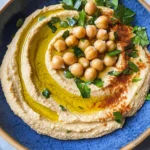
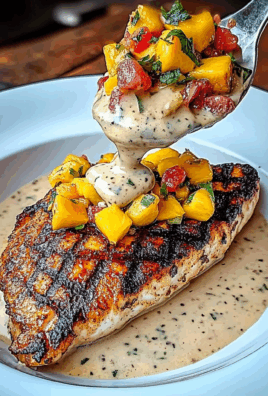
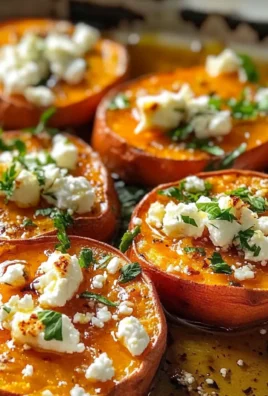
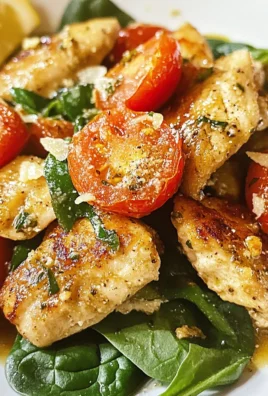
Leave a Comment